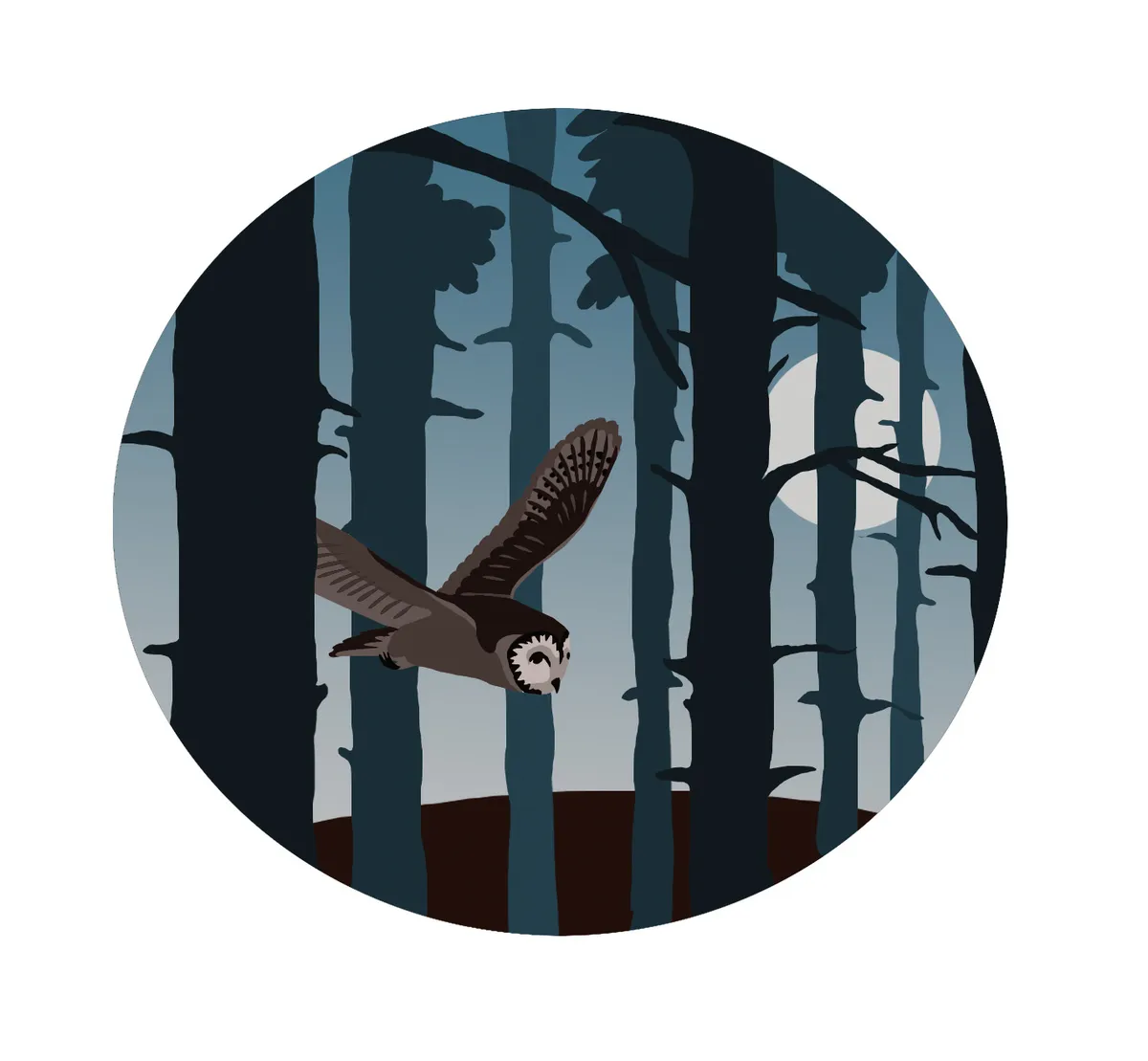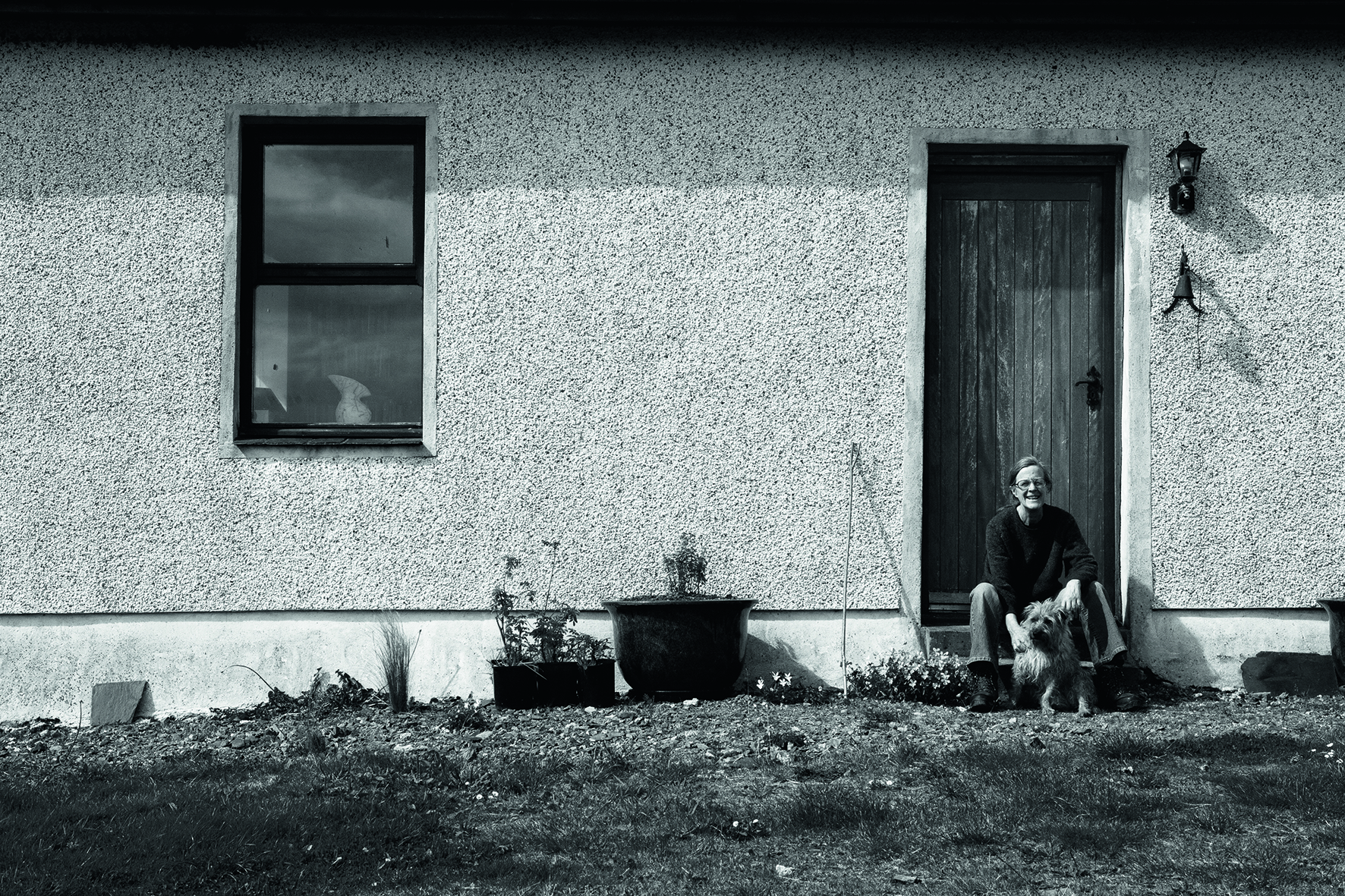The approach to my home is up a steep track and this means that if I return after dark the headlights of my car illuminate the sky above and around the cottage and garden. Sometimes, as I come to the top gate, I will see in the headlights’ glow a white ghostly shape, moving fast and silent through the air above the hill-line.
It is my barn owl (though quite how you can say “mine” about so fierce and free a creature just because it happens to live in your ruined barn I am not sure). In the winter, because it gets dark much earlier, I see this fairly often, but never without a visceral thrill.
I love owls: their power, their silent flight, their deep wingbeats and their extraordinary faces with huge “wise” staring eyes. I particularly love unfledged owlets, all fluffy and grumpy faced; owls have evolved softer feathers than many birds to allow them silent flight, as they feed mainly by surprise attack. It is illegal to disturb owls on their nests or to handle the young, but my owlets are ringed, measured and weighed every spring by a licenced conservationist, so I get to see them very close and even hold them under supervision. You have to hold the legs together firmly, as even before they fledge they can scratch ferociously.
There are 17 owl species in Europe, but you are very unlikely to see more than five or six kinds in the UK. In addition to our natives (tawny, barn, long-eared, short-eared and little) we get very occasional visits from a few others, and in the 1960s and 1970s one pair of snowy owls
bred in the Shetlands.
After twilight
Sighting owls is particularly a winter treat. This is partly because most of them don’t migrate so they’re around all year when few other birds are, and partly because many of them live in woodland so they’re easier to see when the leaves have fallen. But also because they are nocturnal and in some cases also crepuscular, a rather wondrous word that means “twilight”. (If you see an owl in full daylight, the chances are it’s a short-eared owl which is more diurnal.)

In the winter, especially in the north, with twilight and dark coming so much earlier and dawn so much later, you’re also more likely to be up and about at the same time as the owls.
There is something deeply magical about owls. They have more associations with myth and superstition than almost any other bird; they have a widespread reputation for wisdom (I think this must be because of their round staring eyes and their upright posture) and in the classical myths they were closely associated with Athene, the goddess of wisdom and war. But they are also birds of ill omen, said to foreshadow death; Shakespeare’s works mention them on about 20 occasions and almost every time they are sinister. They were also connected to witchcraft.
Incidentally, only the tawny (or brown) owl goes t-wit (female) t-woo (male). The other owls have other “songs”. Barn owls are more silent, though they can give an occasional blood-curdling alarm shriek, and the call of the young sounds distressingly like a child having an asthma attack. However, they eat the bank voles, which would eat my bulbs, and they make me feel less guilty about killing the mice that sneak into my larder during cold weather; the owls love them and my conservationist says tossing them out is good for the owls. They are my nearest neighbours and I love them.

